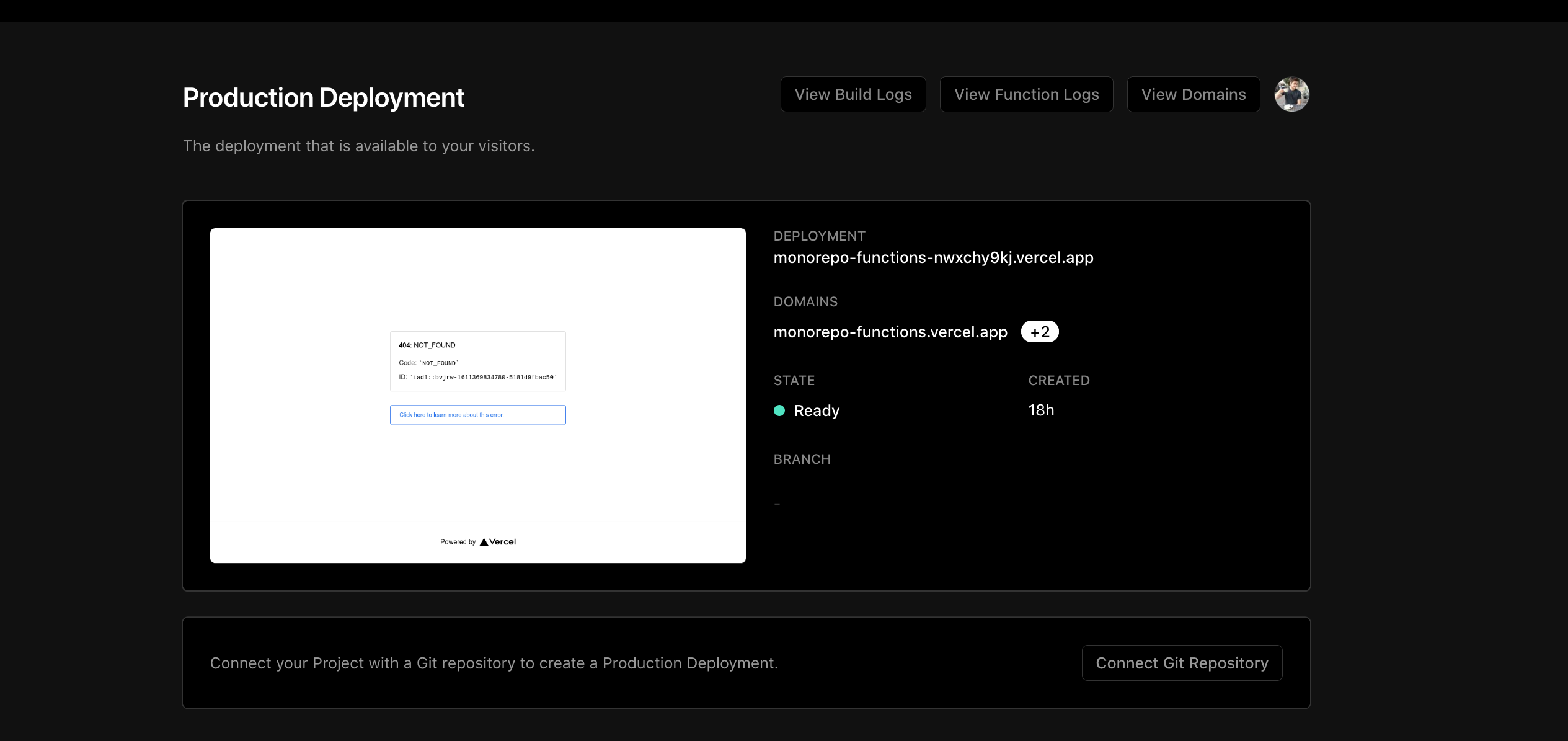

- #Yarn workspaces install dependencies update
- #Yarn workspaces install dependencies manual
- #Yarn workspaces install dependencies code
The biggest challenge, though, is finding an easy-to-use tool for handling such a structure. Monorepo architecture has become more popular over the years, which is understandable considering the problem it solves. This article was published on Nov 17, 2021, and takes approximately 10 minutes to read. Replacing Lerna + Yarn with PNPM Workspaces Replacing Lerna + Yarn with PNPM Workspaces.I know this was pretty simple, but there are a ton of things you can do with monorepos! For example you can share react components in different applications while keeping them isolated. You can find the example explained on the post on this GitHub repository 👀. To do that we have a fancy yarn command 🎉 yarn workspace add from our cli application we can import and use the package! 💯 const sayHello = require ( ) sayHello ( 'Carlos' )įinally, we run our cli application from the command line using Lerna 🚀 In order to use sayHello package we should add it as a dependency on the package.json file. This was pretty simple right? Now let's say that we have an application that it's called cli.
#Yarn workspaces install dependencies code
The workspaces field is what Yarn uses to symlink our code to the node_modules in order to reuse and import the code, we'll see this later on.įinally we install lerna as a devDependency to manage the monorepo.

The first thing we need to do is define the structure of the project. Now that we know what is a monorepo, the tools that we're going to use and what are they useful for, let's create a real example to see how it works.

📦 Yarn Workspaces: Multiple packages architecture.🐉 Lerna: The tool for managing the monorepo packages.

There's no need to overengineer a project. With a monorepo it's easier since everything is contained in a single unit.īefore considering to implement a monorepo architecture, make sure you have the problems that this concept solves ⚠️.
#Yarn workspaces install dependencies update
It's not trivial to apply the update to all the clients and then coordinate the deploy of the projects and so on. For example let's say you have an API that is used by many clients and you want to make a breaking change into the contract.
#Yarn workspaces install dependencies manual
Typically involves manual coordination between teams and repos. Making cross-repo changes within different repositories is painful. This reduces the overhead from updating and managing multiple versions of the same dependency. #🧰 Simplifying dependencies managementĭependencies are hoisted to the root level of the project, that means you can share dependencies across all the packages that you have in your monorepo. This is particularly useful when you have a ton of code that you're constantly repeating on different projects. Monorepos allow you to reuse packages and code from another modules while keeping them independent and isolated. #What are they useful for ? #♻️ Reusing isolated pieces of code The monorepo term is a compound word between "mono", from Ancient Greek "mónos", that means "single" and "repo" as a shorthand of "repository".Ī monorepo is a strategy for storing code and projects in a single repository.


 0 kommentar(er)
0 kommentar(er)
